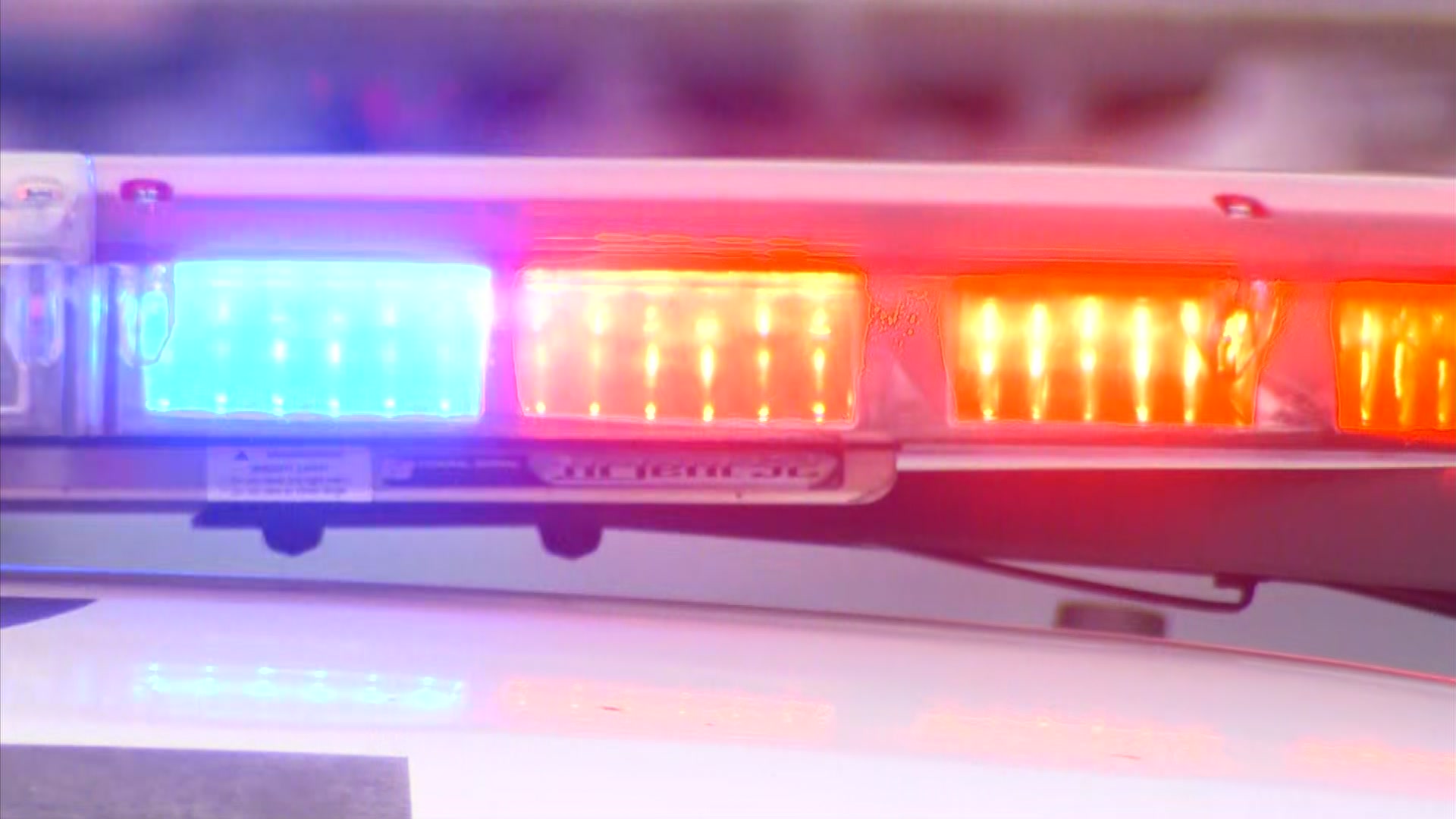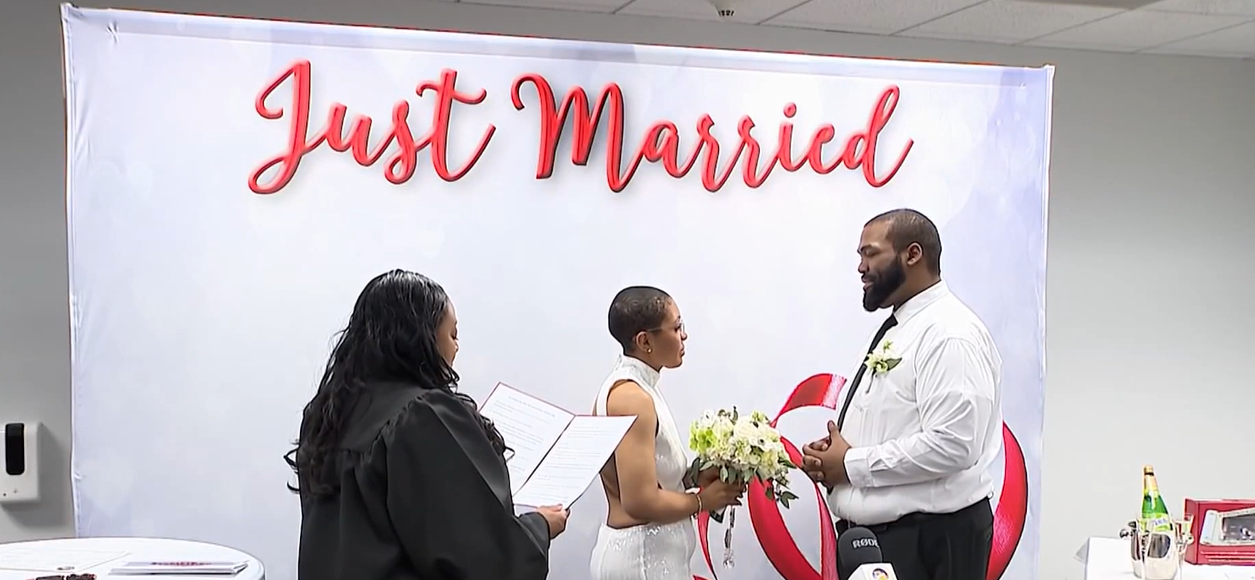White Christmas: You know the term, you've heard the song, you've seen the movie. And this year, it may be in the Chicago forecast, thanks to a significant Midwest snowstorm expected to bring blizzard-like conditions to the area, the NBC 5 Storm Team says.
But it's not just out there in pop culture: "White Christmas" is in fact a weather term, according to the National Oceanic of Atmospheric Association -- and specific conditions must be met in order for it to come true.
According to NOAA, a "White Christmas" occurs when there is at least one inch of snow accumulation on the ground. Historically, Minnesota, Maine, upstate New York, Idaho, Colorado, and parts of Pennsylvania and Virginia typically enjoy a White Christmas, NOAA says.
This year, the Chicago area may join them.
The NBC 5 Storm Team reports a significant winter snowstorm bringing frigid wind chill temperatures, strong gusty winds and blowing snow to the Chicago area this week could not introduce bring blizzard-like conditions to the city and suburbs -- it could also set the scene for one inch of snow on the ground come Sunday.
Here's what to expect.
Winter Storm Timeline
Local
While the start to the work week is expected to remain cold, mild and dry, forecast models show the weather will start to turn as early as overnight Monday, when patchy, freezing drizzle is expected to move into the area, mainly northwest of Interstate 55.
According to the NBC 5 Storm Team, a significant winter storm approaching Wednesday and intensifying overnight is predicted to bring heavy snow and strong, windy conditions, beginning around 6 a.m. Thursday and lasting into the evening.
Feeling out of the loop? We'll catch you up on the Chicago news you need to know. Sign up for the weekly> Chicago Catch-Up newsletter.
Although the exact storm track hasn't yet been determined, models predict heavy snow all day Thursday, with increasing winds and decreasing temperatures as the day goes on.
It's too early in the week to predict specific snowfall amounts, the NBC 5 Storm Team says. However, heavy flurries mixed with windy, blowing snow and potential lake-effect enhancement could bring possible blizzard conditions Friday.
As for temperatures, forecast models show numbers are expected to be in the low 20s, with frigid wind chills making the air feel much colder.
As the holiday weekend approaches, The National Weather Service warns that hazardous travel conditions are expected Thursday through Saturday, with the worst conditions predicted to be Thursday evening through Friday evening. According to models, the greatest threat will be strong, gusty winds and bitter cold temperatures, potentially resulting in power outages and significant lakeshore flooding, mainly for northwest Indiana.
"If possible, those traveling should begin to consider alternate travel plans," the NWS said in a Tweet.
By the weekend, with temperatures predicted to be below normal, the forecast models show the Chicago area could not only see a White Christmas -- with at least once inch of snow on the ground -- but a bitterly cold one, too.
According to the NBC 5 Storm Team, Christmas Eve will see another chance of lake-effect snow in northwest Indiana, with clouds, blowing snow and dangerous wind chills in the city and suburbs.
High temperatures are expected to climb only into the single digits.
While snow isn't in the forecast on Christmas Day, at least an inch of snow may remain on the ground from the storm, accompanied by a brisk, high temperature of 12 degrees, NBC 5 Storm Team says.
What Are Blizzard Conditions?
According to NBC 5 Storm Team, a specific set of conditions must be met in order for a weather pattern to be considered a blizzard. They include snow or blowing snow, wind gusts of at least 35 miles-per-hour, and visibility of a quarter-mile or less.
All three of those conditions must be present for at least three hours for a storm to be labeled a blizzard, NBC 5 meteorologists report.
According to NWS, the snowiest Christmas on record for the Chicago area took place in 1950, when the city say just over five inches of snow.



